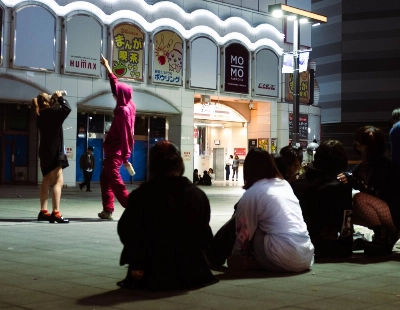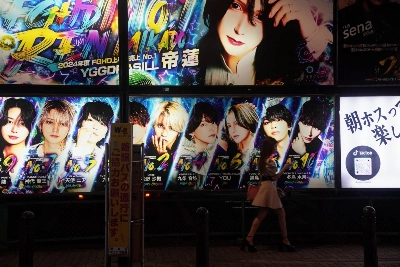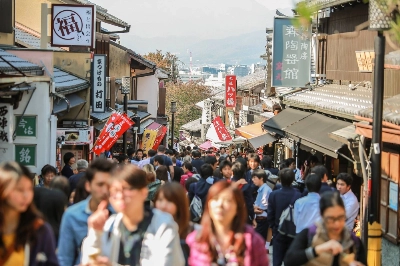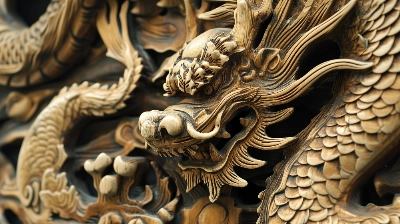Japan's infrastructure, such as roads, bridges, tunnels, city water systems and sewer systems, were built mainly during the high economic growth period of the 1960s and '70s. Much of this infrastructure is nearing the generally accepted useful life of 50 years or has passed it. Systematic repair or replacement work is indispensable for preventing fatal accidents. The central and local governments must work out plans to effectively meet this need.
How to solve the problems of Tokyo's elevated metropolitan roadway will provide knowledge on how to deal with expressways in other parts of Japan facing similar problems. The roughly 300-km Shuto Expressway was built at a feverish pace for the 1964 Tokyo Olympics. More than 50 years have passed since the first sections opened. Cracks and other damage have been detected at some 100,000 places in the Shuto system. An estimated ¥1.2 trillion will be needed for repairs or replacement. The six oldest routes will require an estimated ¥910 billion in repair and replacement work, which must be done soon.
Three ideas have been floated on the question of how to raise the necessary funds for repair or replacement work on the Shuto Expressway. One would be to prolong the period in which users pay expressway tolls. Currently the period is to end in 2050. The other two ideas would be to increase tolls and/or to have the central and local governments concerned shoulder the costs.


















With your current subscription plan you can comment on stories. However, before writing your first comment, please create a display name in the Profile section of your subscriber account page.